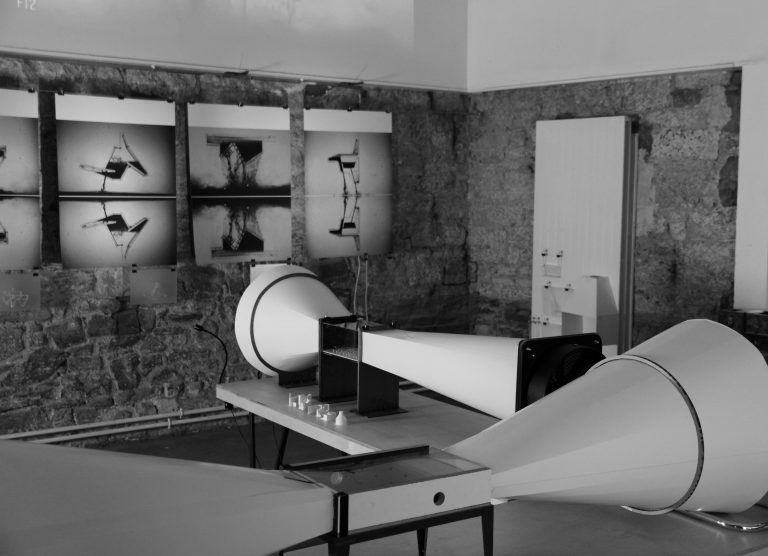Research Spotlight: Exploring Environmental Models with Lisa Moffitt
June 16, 2023
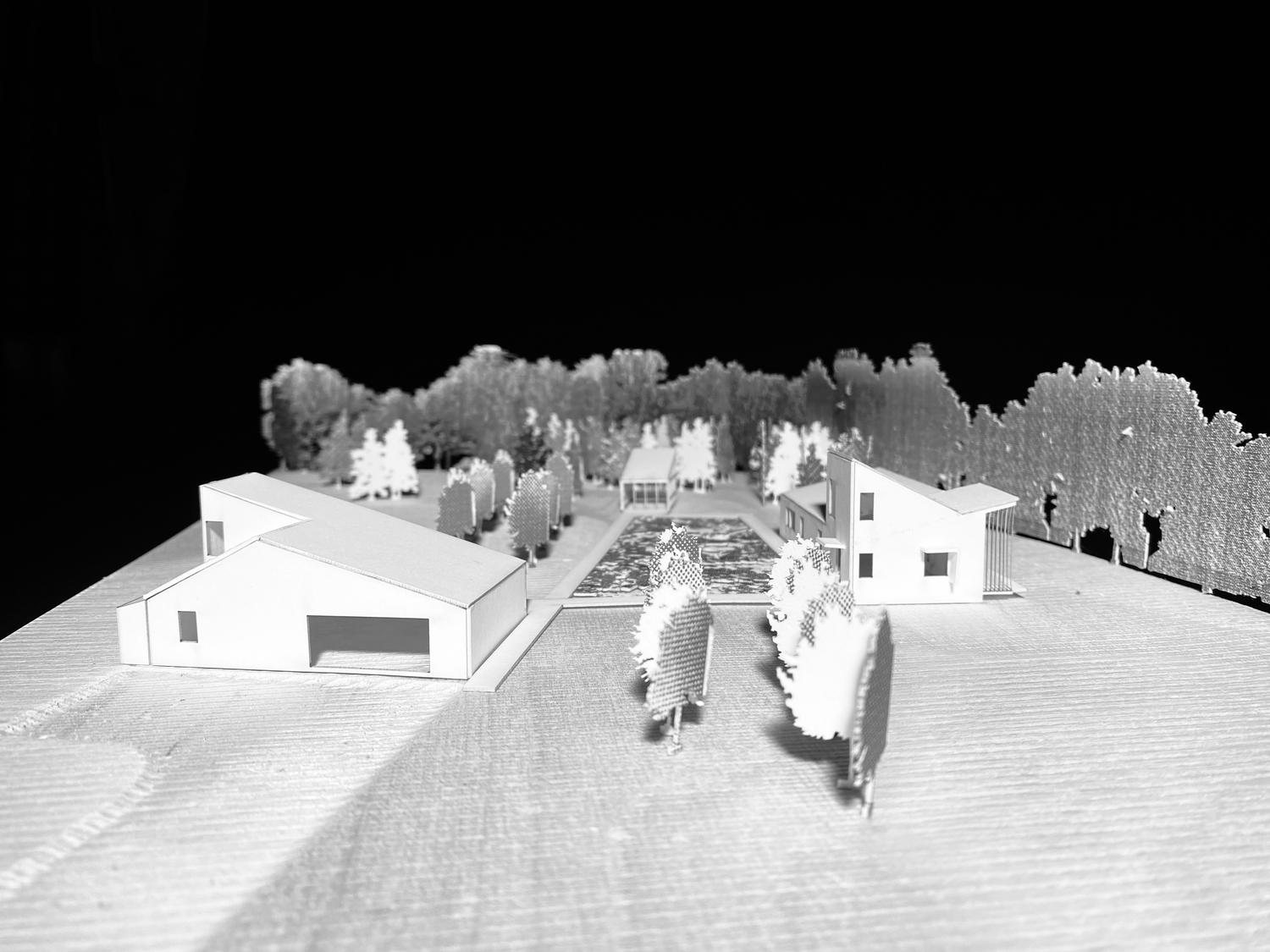
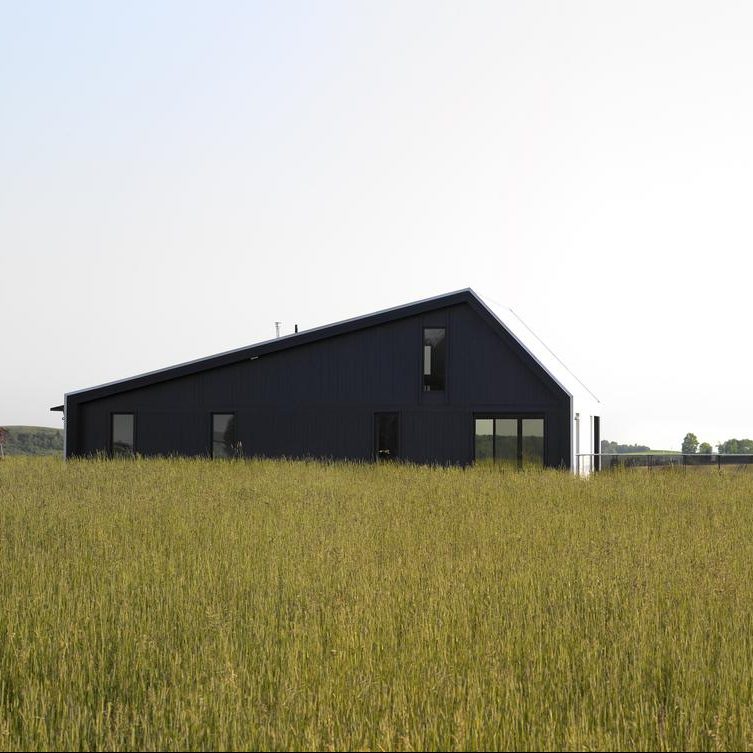
The climate crisis and its environment impacts are a focus in the architectural work and research by Lisa Moffitt, associate professor at the Azrieli School of Architecture and Urbanism (ASAU).
Dr. Moffitt designs, prototypes, builds, and photographs environmental models, which she defines as instruments that generate steady-state airflow conditions around scale architectural models. Her work builds on engineering experimentation techniques, but they are means to architectural ends. Her writings about these models help us understand the built environment and our relationship to it.
Environmental Models
While a Master of Architecture (MArch) student at the Rhode Island School of Design, Dr. Moffitt was tasked with making vessels for air, light and water in her first-year studio. A few years after graduating from her MArch, she designed a small off-grid house in Huron County, Ontario. Dr. Moffitt said that the added demands of constructing a building prompted a shift in her thinking. The building became less a vessel for environmental effects and more an enclosure attuned to wider environmental processes.
“I’ve always been compelled to make things and I oscillate between making things purely for the intrinsic joy, grounding, and delight that the creative process brings and making as a means to something larger,” shared Dr. Moffitt.
“I think I was drawn to the field of architecture because I sensed that it was a discipline that provided a critical space for grounding methods of making within contexts and topics of concern. As my career has progressed, I have worked to align the things that I make with increasingly substantive concerns, mostly related now to how buildings mediate their constructed interior and given exterior environments across scales in light of climate change.”
Most of Dr. Moffitt’s work entails modelling environmental phenomena such as air flow and thermal exchange, which are elusive environmental processes that can be difficult to understand. Dr. Moffitt works with environmental models because she sees how models are able to start making these environmental processes more knowable.
“Prompted by the climate crisis, my most recent work is ultimately driven by an interest in environmental mediation as it relates to tangible concerns surrounding building energy consumption and carbon emissions reduction,” said Dr. Moffitt.
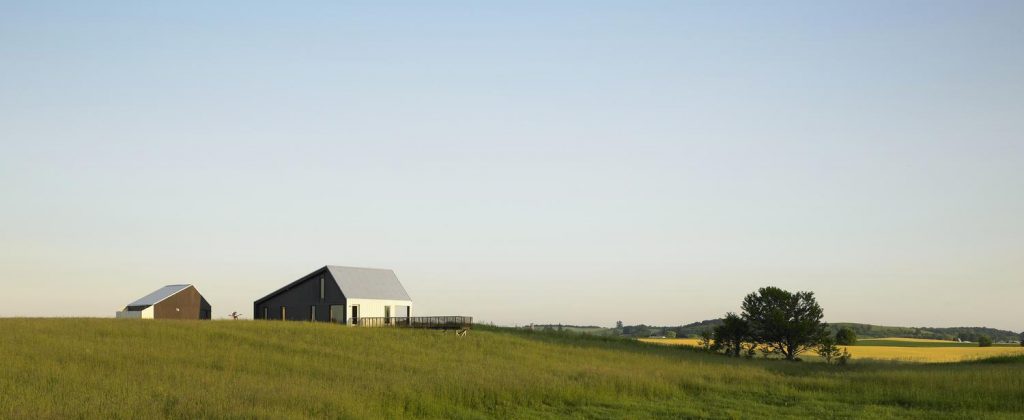
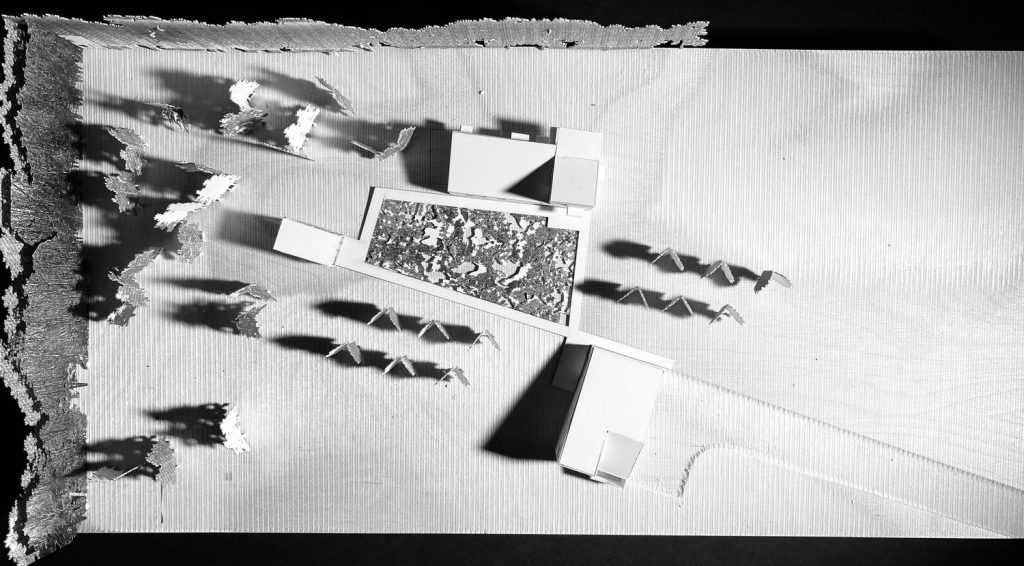

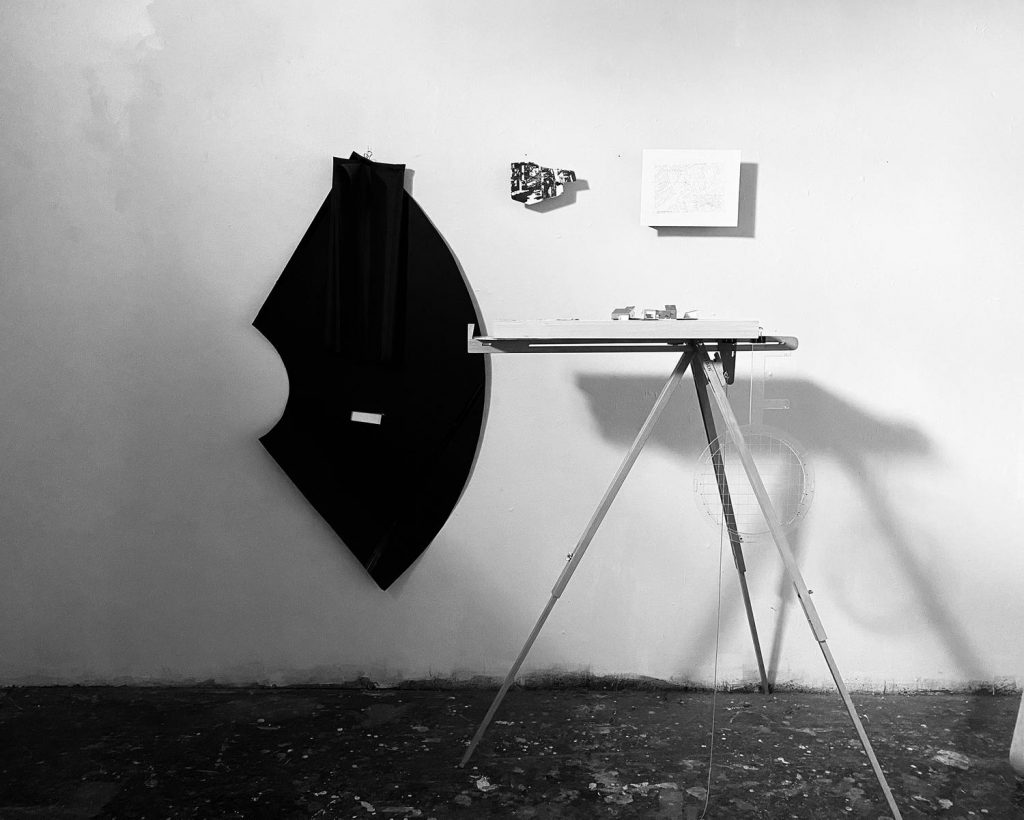
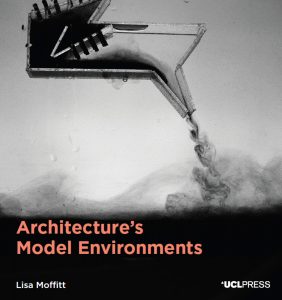
Architecture’s Model Environments
Dr. Moffitt’s latest book, Architecture’s Model Environments, was released earlier this year as part of UCL Press’s Design Research in architecture series. The book is a culmination of her PhD research, which she completed at the University of Edinburgh in 2019. The book features original prototypes and case studies related to building flow visualisation and climate control within a wider historic context. During the year it took Dr. Moffitt to translate her PhD thesis into this book, she worked to better position the content within a contemporary context. Work by Carleton students is also featured in the final chapter.
The book is published in an open access model and can be found here. A book launch for Architecture’s Model Environments may take place at ASAU in the fall.
Current Research and Looking Ahead
One project Dr. Moffitt is finishing up is an article for a themed issue of Clara journal focusing on intermediality in architecture. The article reflects on how photographs play an important role in making the constructed atmospheres in models more understandable for a wider audience.
Dr. Moffitt recently attended an artists’ residency at Haystack Mountain School of Crafts in Maine this spring. While at Haystack, she initiated some new work, shifting her focus from sky to ground and from air to earth.
With this shifted research focus from sky to ground, Dr. Moffitt started focusing on regenerative building materials. At the residency, she developed a series of scale models of cast earth to innovate with regards to the overall form, siting, and formwork strategies for rammed earth construction.
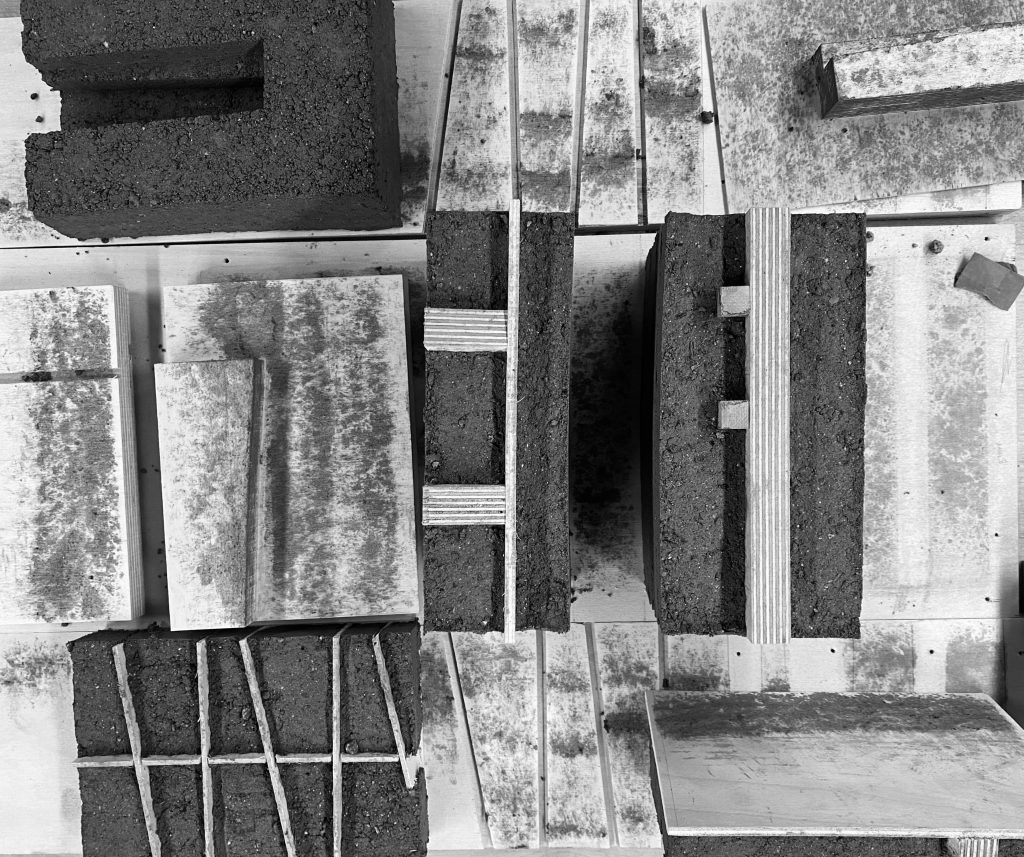
“When I started my environmental model research many years ago, physical models were seen mostly as anachronistic; they had been almost fully eclipsed by digital modelling. There has been a recent renewed interest in physical material models within the discipline of architecture,” said Dr. Moffitt. “So, it’s a really exciting and productive time to be doing this work. I’m not entirely sure how my research will progress, but for now I would like to continue to incorporate material models into my design projects, incorporate it into my teaching, keep looking at how other designers are engaging with these issues through their work.”
Learn more about Lisa Moffitt’s work here.
